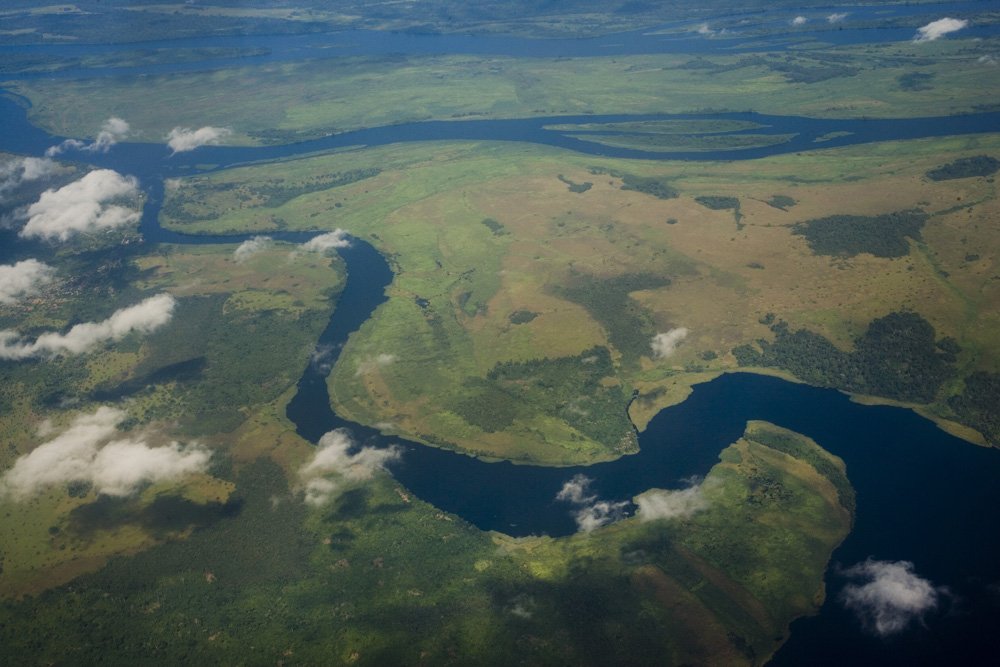The Congo River, often referred to as the “heart of Africa,” holds a unique place among the world’s great rivers. One of its most distinctive features is its strong and unpredictable currents, which have both fascinated and challenged explorers for centuries. In this blog post, we embark on a journey to understand why the Congo River is known for its formidable currents, exploring the geological, hydrological, and historical factors that contribute to this phenomenon.

The Enigmatic Flow of the Congo River
The Congo River, coursing through the heart of Africa, is a river of superlatives. It is the second-longest river in Africa and possesses an intriguing combination of power and mystery, largely attributed to its strong and unpredictable currents.
1. The Geography of the Congo River Basin
A Vast Drainage Basin
The Congo River Basin is immense, covering approximately 3.7 million square kilometers. Its extensive network of tributaries collects water from an array of landscapes, including mountains, plateaus, and dense rainforests.
2. Geological Foundations: The River’s Birth
Tectonic Origins
The Congo River’s powerful currents find their roots in the East African Rift System. The river flows over a series of geological fault lines, causing it to plunge through a series of dramatic cataracts and rapids.
3. The Topography of Rapids and Waterfalls
Inga Falls and Other Obstacles
Inga Falls, a collection of rapids and waterfalls, represents a formidable natural barrier in the lower Congo. These natural obstacles create turbulence and contribute to the river’s strong currents.
4. The Hydrology of the Congo River
Rainfall and River Flow
The Congo Basin receives copious amounts of rainfall throughout the year, leading to a consistent flow of water into the river. The continuous influx of water sustains the river’s powerful currents.
5. Climate Variability and Floods
Seasonal Swings
The Congo River experiences significant fluctuations in water levels due to seasonal rains and droughts. These variations influence the river’s speed and unpredictability.
6. Human Presence and Navigation Challenges
Historical Exploration
The strong currents of the Congo River have posed formidable challenges to explorers and navigators. Early European explorers like Henry Morton Stanley faced treacherous waters during their journeys into the heart of Africa.
7. Modern Navigation and Transportation
Navigating the Congo River Today
Modern navigation on the Congo River involves a combination of motorized boats, barges, and ships. The river’s strong currents necessitate skilled navigation and often require the use of powerful engines.
8. The Enigma of the Congo’s Currents
Unpredictable Nature
The Congo River’s currents remain unpredictable, even for experienced navigators. The combination of geological factors, rainfall, and hydrology keeps the river’s behavior an enigma.
9. Challenges and Opportunities
Environmental Impact
The Congo River’s strong currents have environmental implications, affecting sediment transport, erosion, and aquatic life. Conservation efforts must consider the river’s unique hydrodynamics.
Conclusion: The Congo’s Unyielding Flow
The Congo River, known for its strong and unpredictable currents, stands as a testament to the untamed forces of nature. Its geological origins, rainfall patterns, and challenging topography make it a river like no other. As we contemplate its power and mystery, we gain a deeper appreciation for the complexities of our planet’s hydrological systems. The Congo River, in all its enigmatic glory, continues to flow, shaping the landscape and defying easy explanation.




